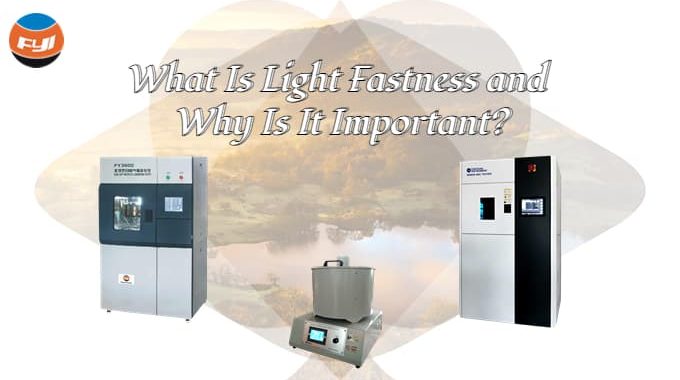
What Is Light Fastness and Why Is It Important?
Contents
What is meant by light fastness
Color fastness to light is the ability of a stain to retain its original color when exposed to sunlight. Due to the wave-particle biphasism of sunlight in nature, the sunlight that transmits energy in the form of photon has a strong impact on the molecular structure of dyes. According to the general regulations, the light fastness of the determination of the sunlight as the standard. In the laboratory, for easy control, artificial light sources are generally used and corrected if necessary.
The most common artificial light source is xenon, or charcoal arc lamps. Under the irradiation of light, the dye absorbs light energy, its energy level increases, its molecules are in an active state, and the hair color system of the dye molecules changes or is destroyed, resulting in the discoloration or fading of the dye. Sun fading is a complicated photochemical process. It is related to the structure of dye, dyeing concentration, fiber type and external conditions.
Why is light fastness important
The light fastness of fabric is an important index of fabric testing. Generally, the test of light fastness is to simulate the use or cleaning of textiles in daily life, so as to determine their light fastness level.
The problem of light fastness seems small, but in fact it has a great impact on the health of consumers. It directly relates to the health and safety of human body. When the products with poor light fastness are worn, the dye on the fabric will fall off and fade when they encounter rain and sweat.
Dye molecules and heavy metal ions may be absorbed by the skin and harm the health of the human body. On the other hand, they may contaminate other clothes worn on the body or washed at the same time, so the detection of light fastness is very important.
Light fastness is very important for textiles, so we strictly follow the requirements in the actual production process to ensure the quality of products.
How can you increase light fastness
Select the appropriate dyeing process
The sun fastness of dyed fabric is related to the dye depth. The larger the dyeing depth is, the larger the particles gathered by the dye on the fabric, the smaller the proportion of dye exposed to the air per unit weight, and the higher the sun fastness. For light colored fabrics, the smaller the proportion of dye on the fiber, and the sun fastness also tends to decline correspondingly. In the factory, the grade of sun fastness that cannot meet the requirements is generally medium and light color. Some light brown fabric, after the sun fastness test, the red light almost completely lost, the color change is obvious.
Whether the dyeing process is chosen properly, whether the washing and soap washing after dyeing are thorough, will affect the amount of unfixed dyes and hydrolyzed dyes, that is, floating colors. The sun fastness of the float color is obviously lower than that of the fixed reactive dyes. Therefore, improper post-dyeing will affect the sun fastness of the fabric.
Suitable fixing agent and softener
The use of fixing agent greatly improves the rubbing fastness of reactive dyes, washing fastness and color fastness. Generally, the washing fastness of fabrics treated with cationic low molecular or polyamine color fixings is at grade 4 ~ 5, but the sun fastness of fabrics fixed by this kind of color fixings has decreased. When cotton fabric is soft finished with cationic softener, the sun fastness of reactive dyes will be decreased, mainly because the softener will turn yellow after sun exposure, so that the color of the fabric will also change.
Choice of dye or paint
Select by color depth
The color fastness of reactive dyes on cellulose fibers is directly proportional to the depth of the dyed color. That is, the darker the color, the better the color fastness to light. Therefore, dyeing light varieties, should choose the dye with high light fastness. In addition, many finishing agents such as softener and anti-wrinkle finishing agent are added to the fabric, which will also reduce the light fastness of the product. Dyes that are not sensitive to these finishing agents should be selected.
Dyes with good light – resistant stability and compatibility should be selected
Different dyes have different fading properties and even different photofading mechanisms. Sometimes, the presence of one dye sensitizes the fading of another. When matching colors, we should choose dyes that will not sensitize each other and can even improve light stability. It is an important way to obtain high color fastness to light by reasonably controlling dyeing process, making dyethings fully combined with fibers and avoiding hydrolyzed dyethings and unfixed dyethings remaining on fibers.
Light fastness tester
Water-Cooled Light Weather Fastness FY3600
Application:
Water-cooled Weather Conditions Meter. To determine the color fastness and aging to sunlight, weather resistance, compound color fastness to sunlight-sweat of colored textile, leather, leatheroid, plastic, etc, by setting various parameters of irradiance, temperature, humidity, spray to simulate natural condition in lab. Be able to control irradiance real-time, automatically inspect and compensate irradiance, temperature, humidity.
Feature:
- Presetting various specifications, or customized programs, meet diverse range of standards,including AATCC, ISO, BS, JIS etc;
- Touch screen, and build-in PLC, real-time display the ongoing test’s graph, be able to presetting irradiance, temperature, humidity, and plot dynamic curve of them.
- 4500W water-cooled xenon arc lamp system, accurately simulate sunlight spectrum. Irradiance auto-compensates system, control irradiance, temperature, and humidity timely through a closed loop.
- Irradiation control, light irradiance sensor monitor, digital setting, automatic compensating system, stepless irradiation regulation.
- Accurate chamber temperature control, irradiation temperature, and heater raise the temperature, air conditioning refrigeration system.
YG611M Air-Cooled Xenon Arc Tester
Application:
YG611M Air-Cooled Xenon Arc Tester is used to determine the color fastness and aging to sunlight, weather resistance, compound color fastness to sunlight-perspiration of colored textile, leather, plastic, etc., by setting various parameters of irradiance, temperature, humidity, spray to simulate natural condition in lab. Be able to control irradiance real-time, automatically inspect and compensate irradiance, temperature and humidity.
Feature:
- 10.4 inch color touch screen display, Windows operation system, brief control interface, few setting procedures and simple operation;
- Real-Time graphic display, the operator can easily get access to the test process;
- Independent controlling of each sample to test, samples’ test time is controlled separately, set the time for each specimen and when the set time is over, the corresponding specimen can be taken out and continue the test of remaining specimens; automatic reminding when each specimen’s test is over;
DW601 Mercury-Tungsten Light Fastness Tester
Comments are closed.

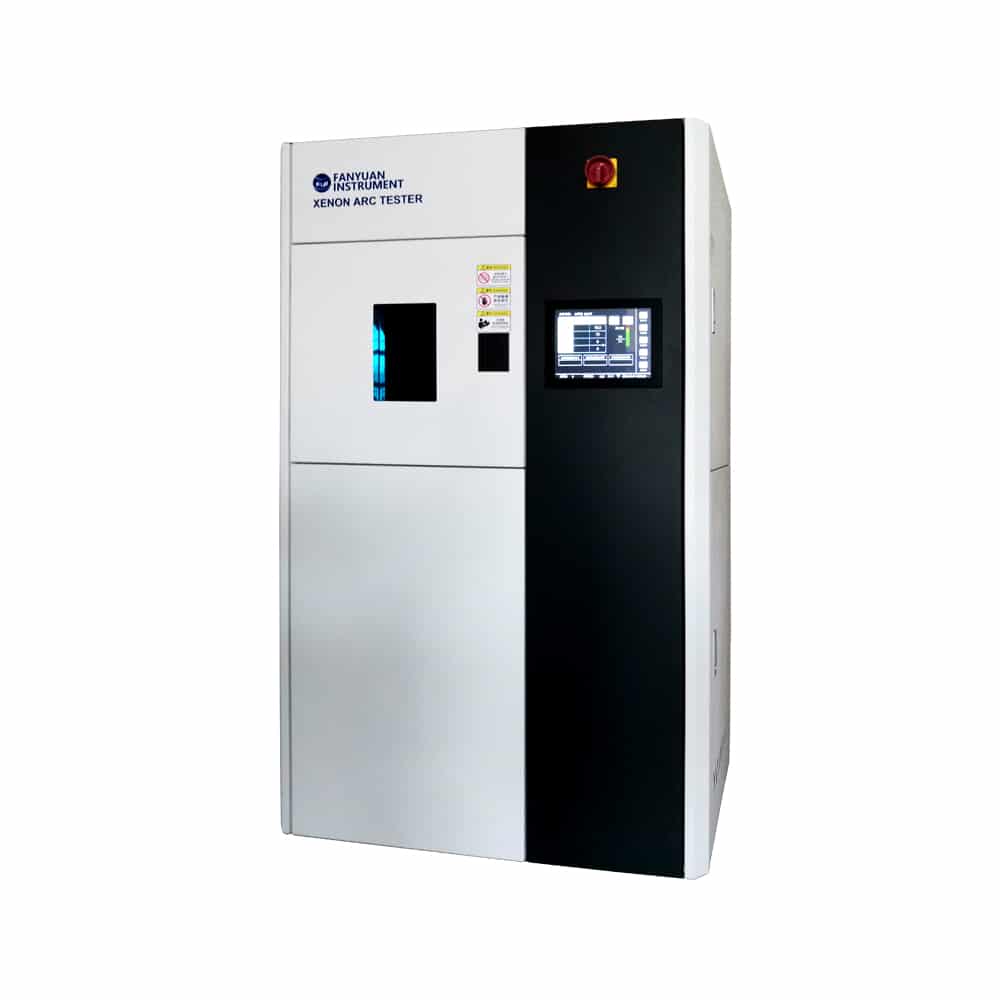

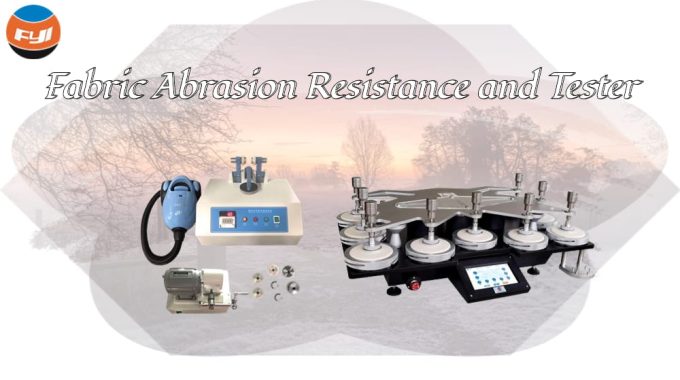
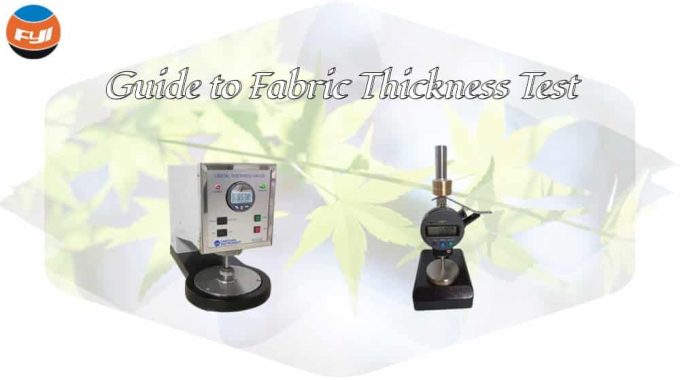
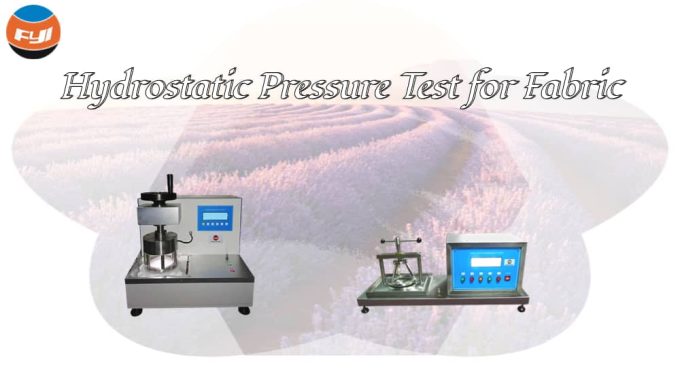
Great post! I appreciate you for the effort you take to share your knowledge with people. I can find many things that are still unaware. Thanks for you time and knowledge. Great!!!
Nice Blog, Thanks for sharing this valuable information.
Very god writes you publish. I really like your blog.
This is a really excellent and intriguing blog post. Have a pleasant day
This website is incredible.
great post, thats very inspiring me